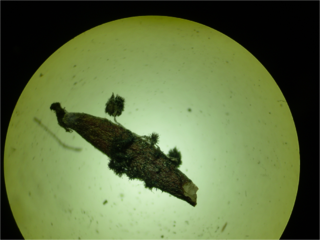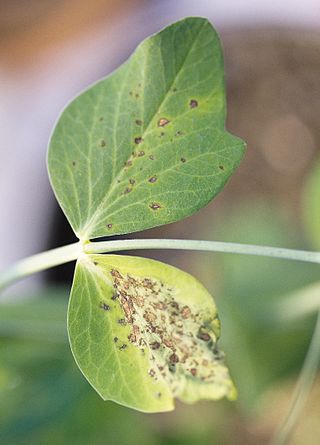
The fungal genus Pyrenophora includes 108 species, including the following plant pathogenic species: Pyrenophora teres, Pyrenophora graminea and Pyrenophora tritici-repentis.
Melanomma is a genus of fungi in the family Melanommataceae. It probably evolved from a lichen ancestor, as it is closely related to many lichenized species of fungi.

Venturia is a genus of fungi in the family Venturiaceae. First identified in 1882, species in the genus are plant pathogens. Venturia is widespread and the genus contains an estimated 58 species, or 130 species. Anamorphs were historically represented in the genus Fusicladium.
Seynesia is a genus of fungi in the family Cainiaceae.
Strickeria is a genus of fungi within the class Sordariomycetes.
Didymosphaeria is a genus of fungi in the family Didymosphaeriaceae.
Microthyrium is a genus of fungi in the Microthyriaceae family.

Massarina is a genus of fungi in the Massarinaceae family. Anamorph forms of species in Massarina include Acrocalymma, Ceratophoma, and Tetraploa. Massarina was circumscribed by Pier Andrea Saccardo in 1883. The widespread genus contains about 100 species.

Coniothyrium is a genus of fungi in the family Coniothyriaceae. The genus was circumscribed by Czech mycologist August Carl Joseph Corda in 1840. It was formerly placed in the Phaeosphaeriaceae family until 1983 when the family was established.

Monochaetia is a genus of fungi in the family Sporocadaceae. Species in the genus are typically plant parasites and saprobes, and cause leaf spot diseases on various hosts.

The Didymellaceae are a family of fungi in the order Pleosporales. They have a world-wide distribution.

Peyronellaea is a genus of fungi in the family Didymellaceae. It contains a number of plant pathogens.
Linochora is a genus of fungi in the family Phyllachoraceae.






